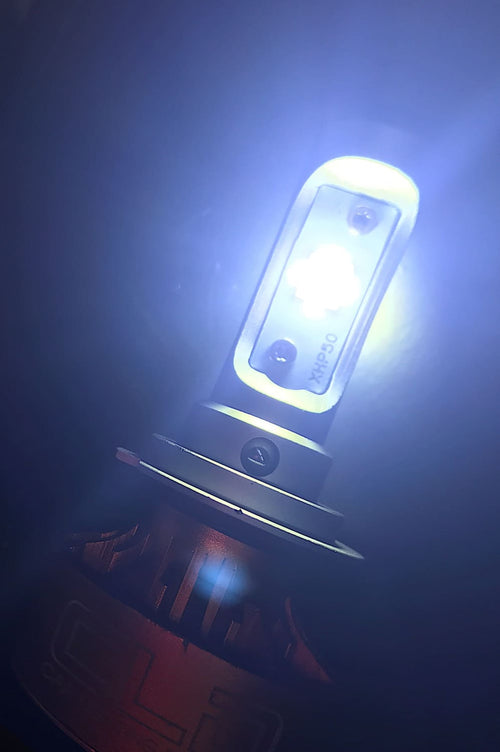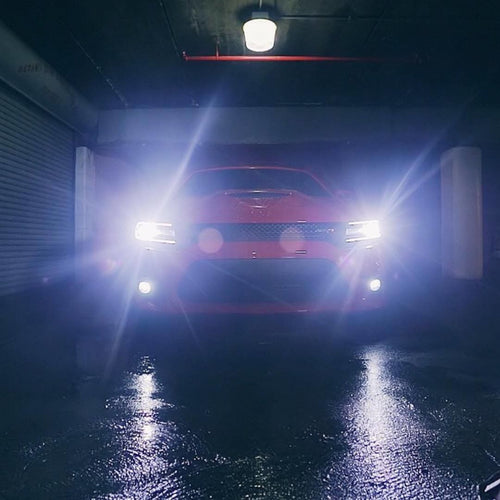LED Lights for Cars—Are They Too Bright?
When it comes to car lighting solutions, LED lights are the hall mark of energy efficiency. All that is required is sending an electric charge through diodes. Once the electrons are exited, you have light.
Compare this with incandescent lightbulbs that need a filament and gas to produce light. Let’s face it, they just can’t quite compete.
Okay steering away from the technicalities, let’s explore another major concern that seems to affect drivers once they switch over to LED lights for cars—the issue of brightness. There are those who feel that LED headlights are simply too bright, they affect other motorists negatively or the bluish hue is a bit too cool, temperature wise.

If you are in this category, let us enlighten you. LEDs have advanced in technology so much so that they come in a variety of colors, shapes, and sizes. You can also dim them enough to produce just the right amount of light, problem solved!
In fact, most of the times it is easy to confuse xenon headlights for LEDs. Most new cars are coming with LED lights, and the reason is simple. They are energy efficient, light up fast, almost instantly and let’s not forget how cool they are-the awesome type of cool!
Manufacturers will not create something that is going to endanger the lives of other motorists. This means that the LED headlights that come with the new model vehicles are the right level of brightness and completely safe.
Are you questioning your move to switch over to LED lights for cars? Worry no more because now you know you made the right choice. But if you need more reasons as to why LEDs are the best alternative to factory head lights, here why.
Factory headlights usually comprise of incandescent or halogen bulbs. The way this work is by sending a charge to a tungsten filament. There is also a halogen gas inside the bulb, hence its name. The filament is capable of withstanding extremely high temperatures. Once it heats up, light is produced.
Now the drawback is that a lot of charges is lost in way of heat. They are also not very durable and once broken will need you to replace the whole piece.
And then there are the Xenon lights. These are also called HIDs or high-intensity discharge lights. They emit light that has a bluish hue. Compared to the halogen bulbs, these are more energy efficient.
However, HIDs have a reputation for being too bright and may blind oncoming road users. This increases the likelihood of something going wrong. Some xenon lights may also contain mercury which is not safe for people.
In comes LED lights. Granted they are not the most perfect technology and while they do not heat up on the surface, heat is a concern for other parts near the base of the LED set up. The upside is that they are durable and will last a good long while. They are also energy efficient leaving the battery with more charge to run other parts of the car.
LED lights come in a variety of colors and can be shaped into any design to improve the visual appeal. All these benefits are why car manufacturers are opting for them. And the great thing is, technology continues to produce cheaper, more energy efficient and reliable LED solutions.
Were you concerned about LED lights being too bright? Now you know that it is mainly the xenon headlights that are to blame for the brightness. Go on and make the switch over to LEDs without a doubt that you are making the best choice!



